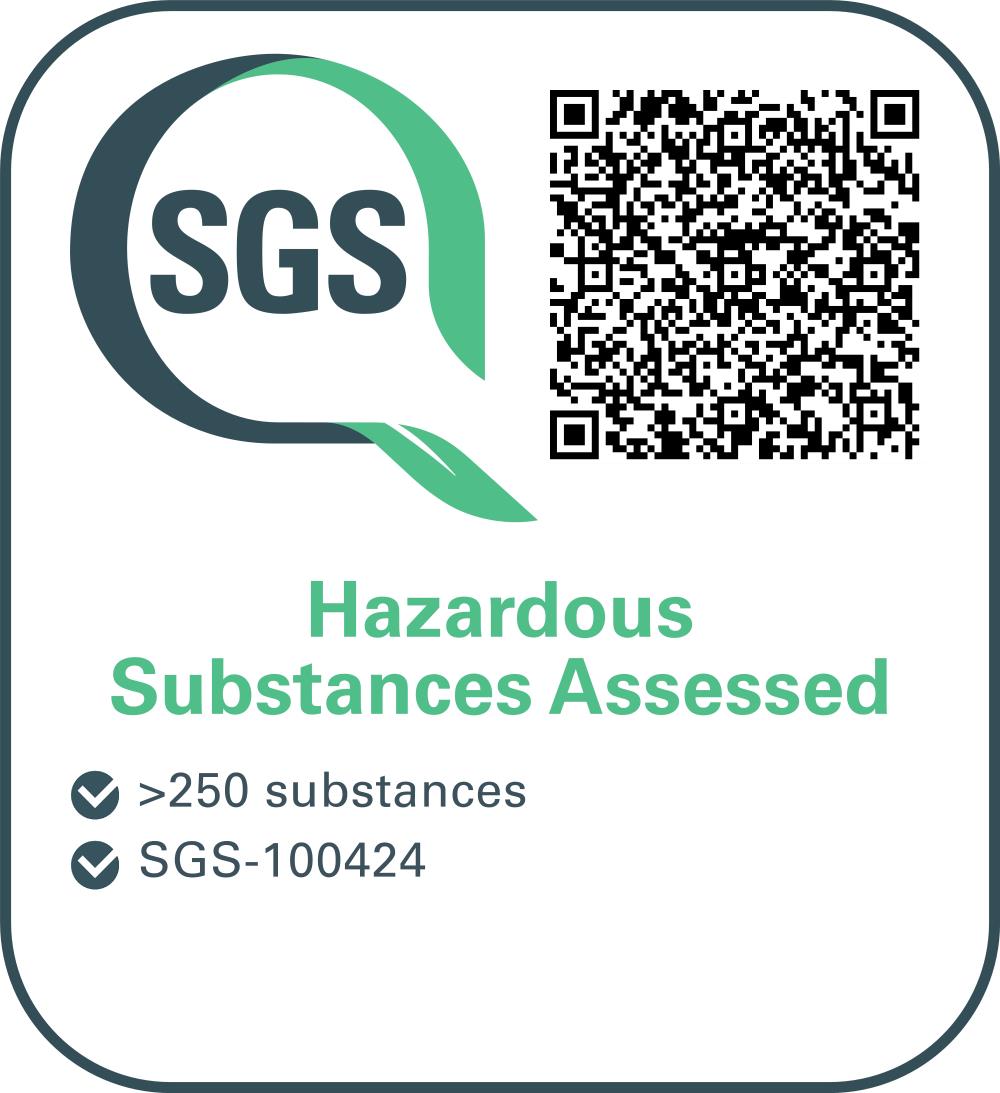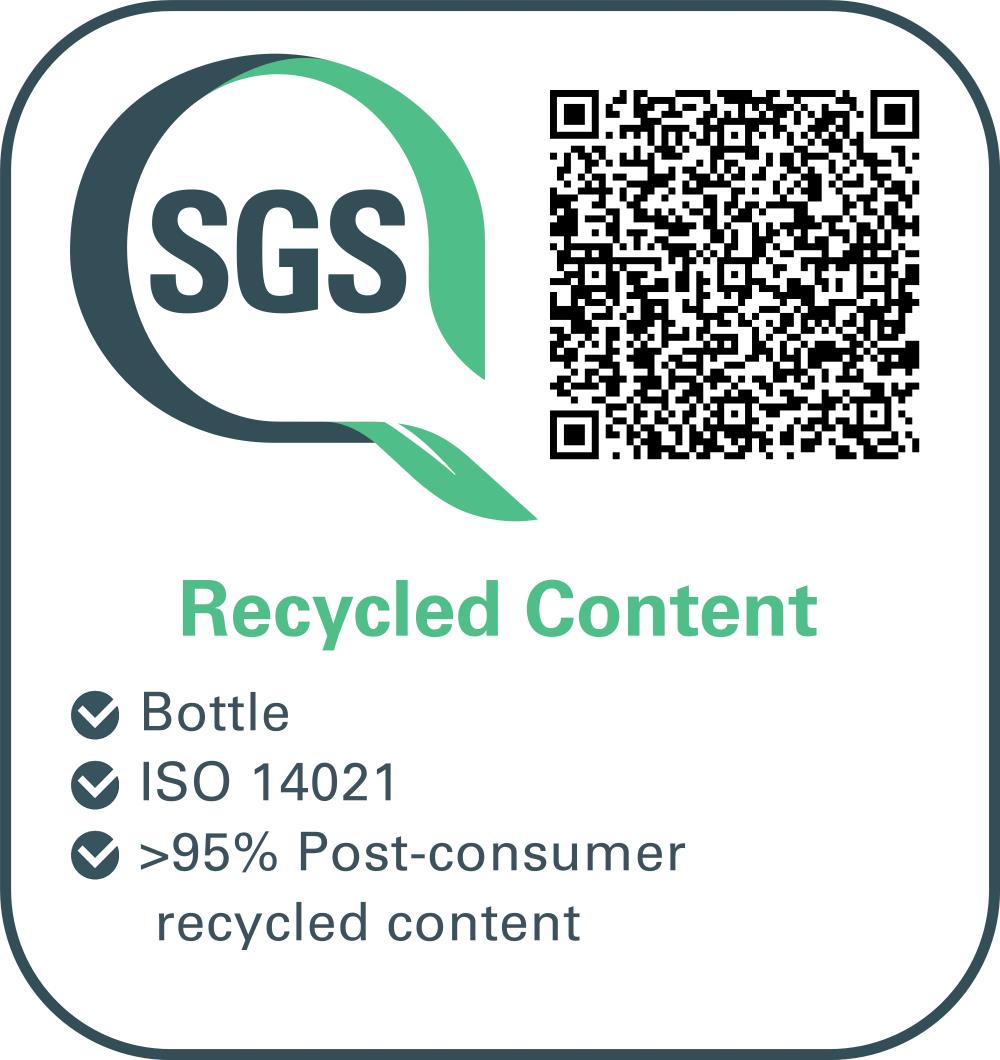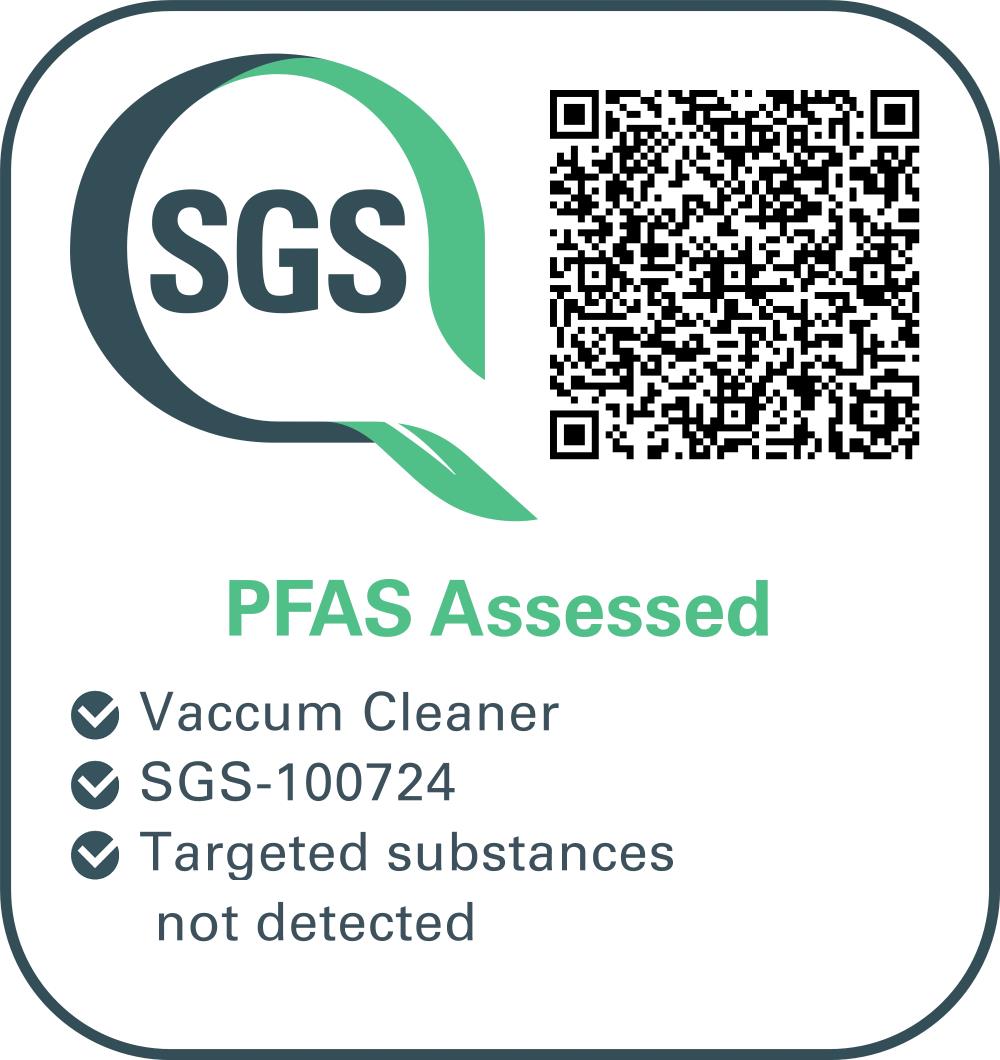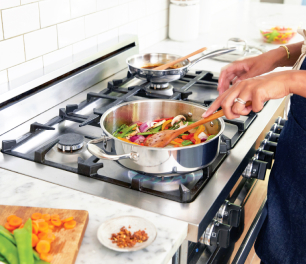Cookware Food Contact Material Test Service (EU Market)
Based on Framework Regulation EC 1935/2004 and other Member State legislations, our experts can ensure that your cookware is safe for use and in compliance with all applicable regulations.
When you go shopping for new pots and pans or other cookware, you have a wide range of choices before you. Not only does each type have unique characteristics in terms of cooking and cleaning, but the cookware materials also have different risks in terms of potential toxic exposure.
Some cookware (e.g., pots, pans, skillets, baking sheets) leaches chemicals and heavy metals into the foods you cook, which you then consume, adding to your body burden and mitigating some of the cleaner choices you may have made in food selection.
Within the EU, FCMs are assessed by the European Food Safety Authority (EFSA) but there is no single regulation covering all FCMs. The EU does have a harmonized legal EU framework, Regulation (EC) No 1935/2004, which sets out the general principles of good manufacturing practice (GMP), safety, and inertness for FCM, but it is not the whole story. Different forms of FCM and specific substances are also covered by their own harmonized regulations
SGS services can ensure compliance with requirements for sale and distribution in global markets.
Our Solutions:
| Service Type | Test Item | Description |
|
Material
|
|
|
| Additional Chemical Testing |
|
|
Sample Size:
It will be advised in the order confirmation email
Turnaround Time (working days):
9-10 Days
SGS Green Marks:
A wide variety of voluntary ecolabeling schemes have appeared in recent years to help businesses striving to meet consumer demand for more sustainable products and services. However, environmental claims will only help consumers if they are based on scientific evidence and can be trusted.
Our independent assessment scheme, based on recognized standards such as ISO 17065, ISO 17029, ISO 14065, and ISO 14021, ensures your product has passed all defined criteria allowing you to differentiate your product in fractured markets. All protocols include a clearly defined product scope and certification/verification criteria, leaving the consumer in no doubt as to the meaning of the environmental claim. Focusing on just one attribute per mark allows you to more clearly communicate your product’s positive environmental aspects to consumers.
| Attribute | Significance | Sample |
| Hazardous Substances Assessed | Highlights the better chemistry of a product while aligning with the trend of eliminating problematic / toxic / bio-accumulative chemicals from products. |  |
| Recycled Content | Can support the move away from petroleum-based materials. Some companies target the use of biobased materials. |  |
| PFAS-Assessed | Highlights the better chemistry of a product while aligning with the trend of eliminating PFAS "forever chemicals" from both products and packaging across many industries. |  |
1) What is Food Contact Materials (FCM)?
FCMs are defined as materials or products intended to come into contact with food, are already in contact with food, or may reasonably be expected to come into contact with food. They can be found in the machinery that processes our food, the packaging that carries our food, and the equipment we use to store, cook, and eat our food.
2) How can I avoid harmful chemicals when cooking food?
Some cooking equipment can expose us to harmful chemicals. Hazardous chemicals, such as flame retardants used in black plastic electronic devices, have been found in black plastic cooking utensils as a result of recycling. To limit your potential exposure to these chemicals, avoid these utensils in favor of those made of stainless steel.








